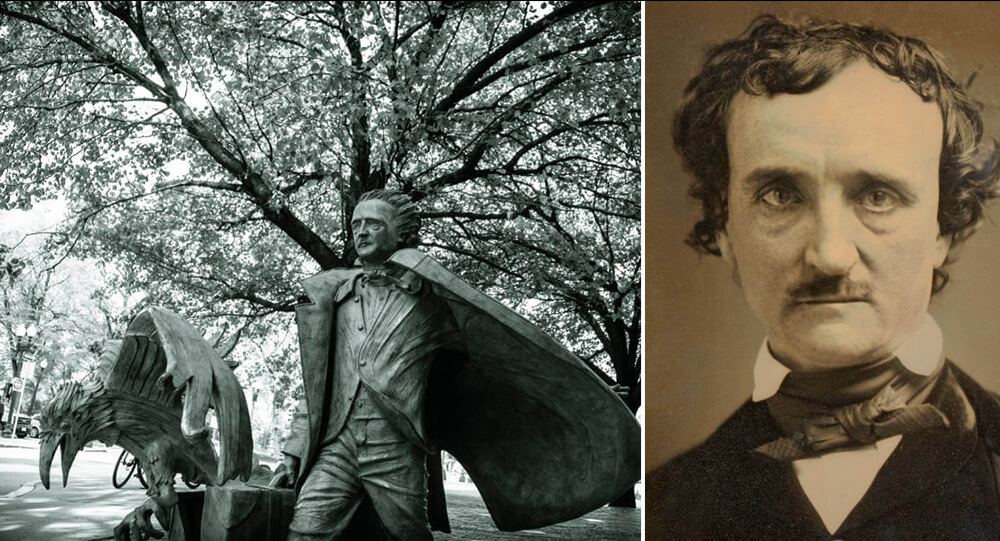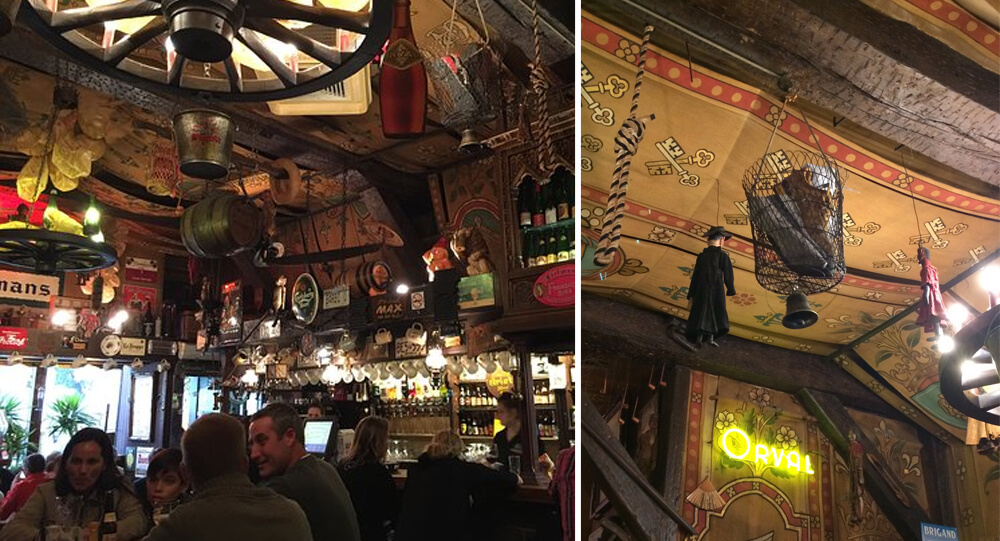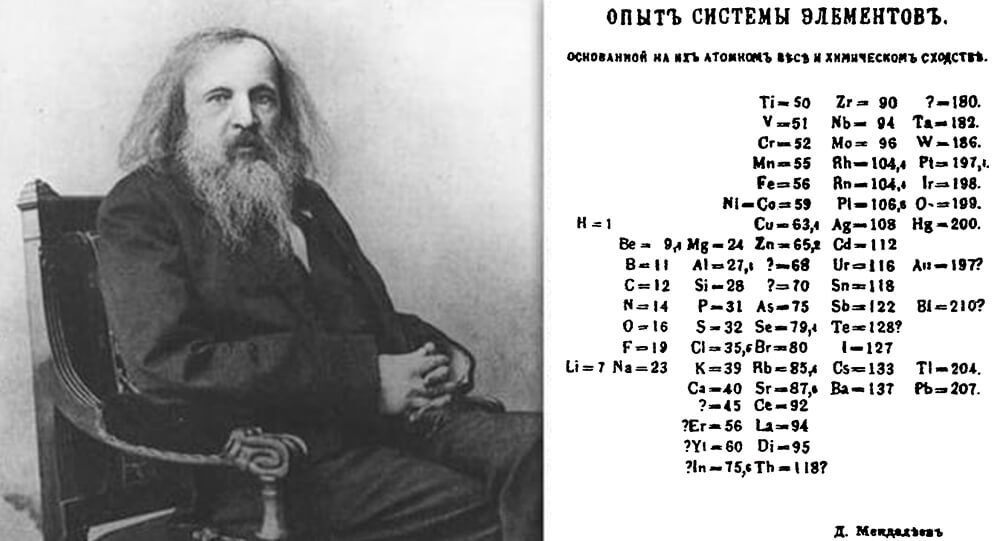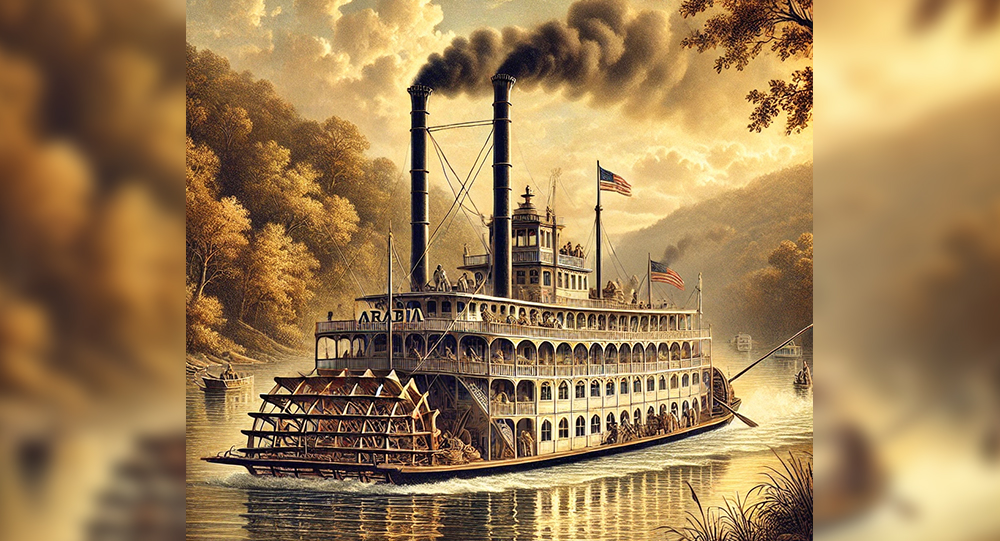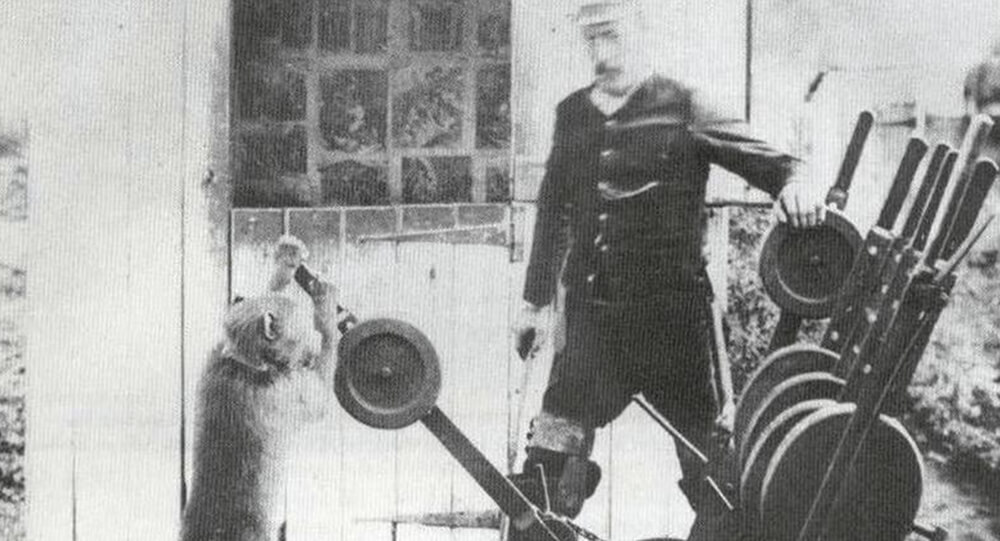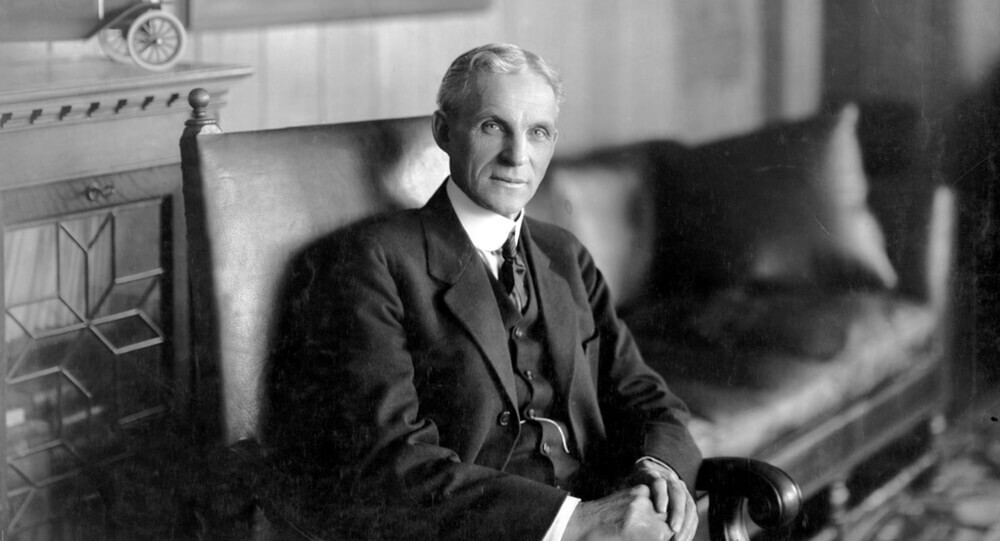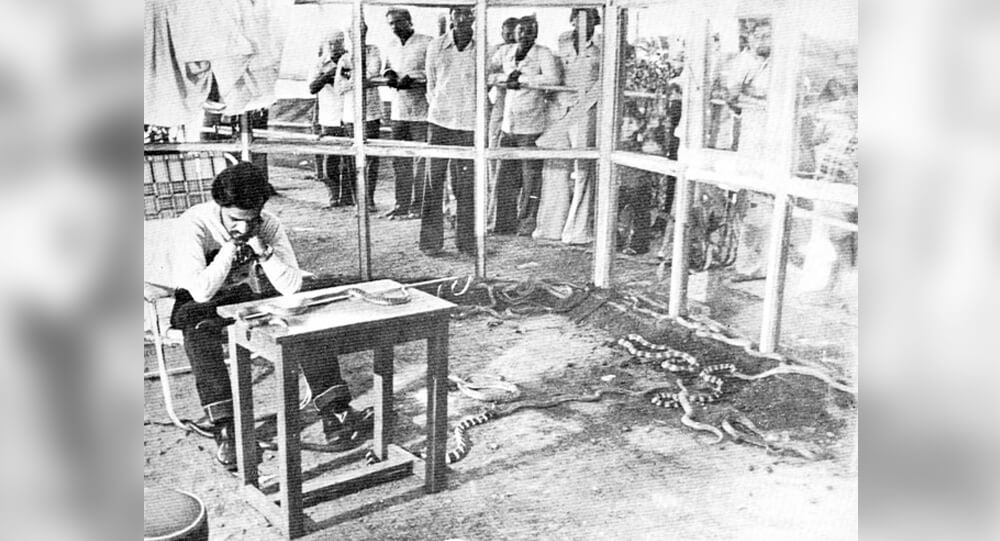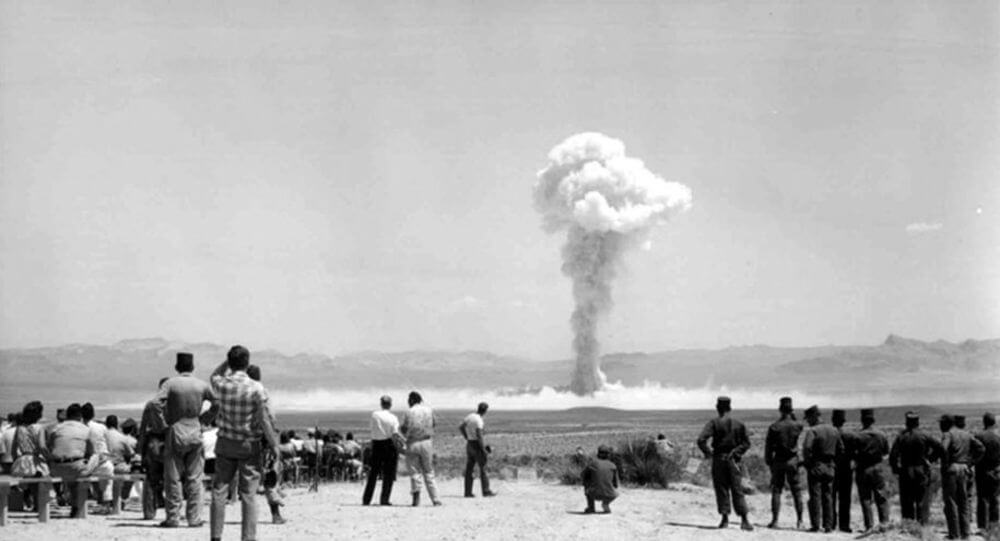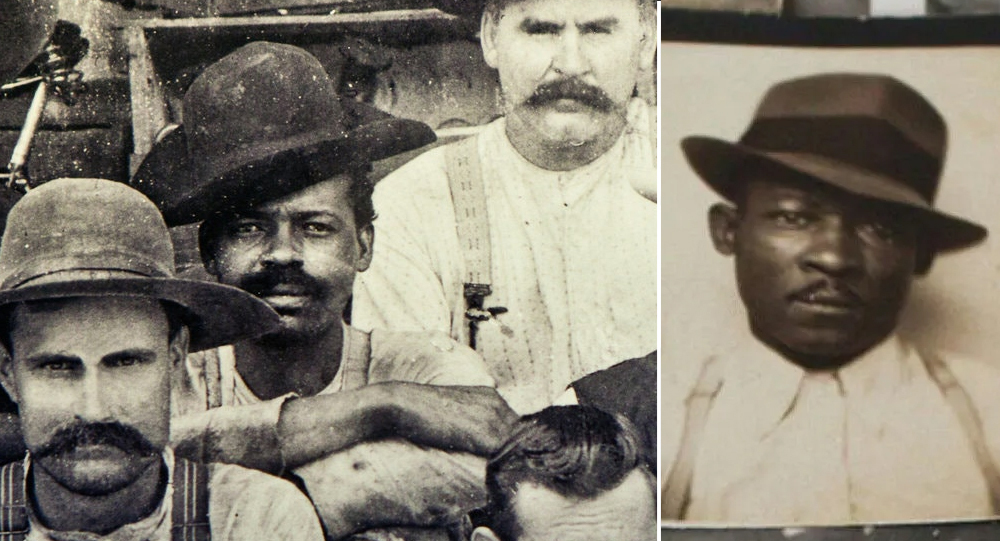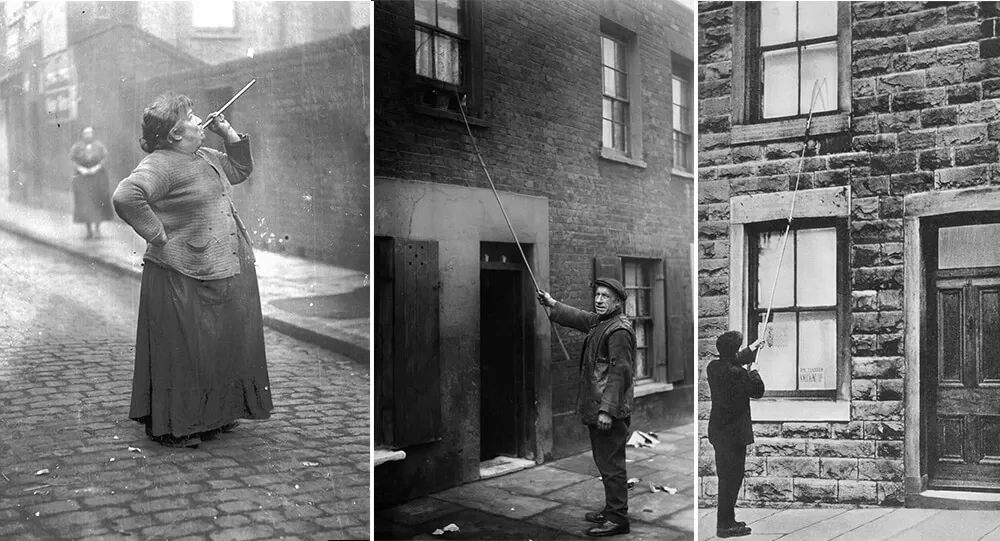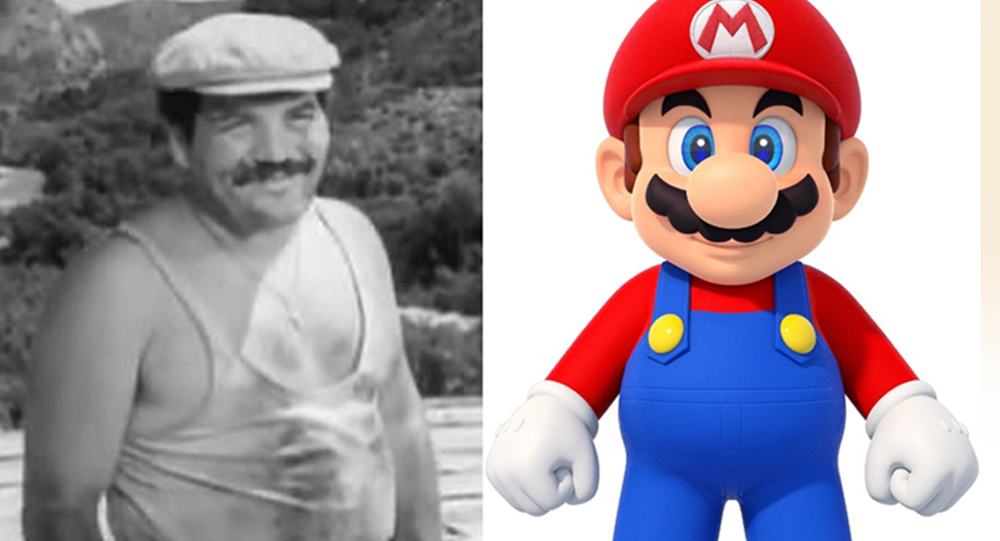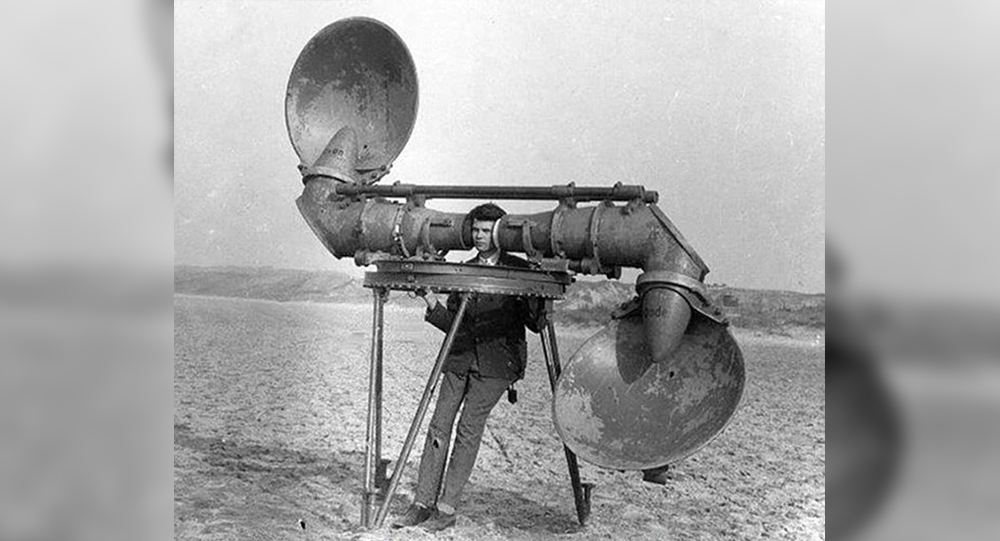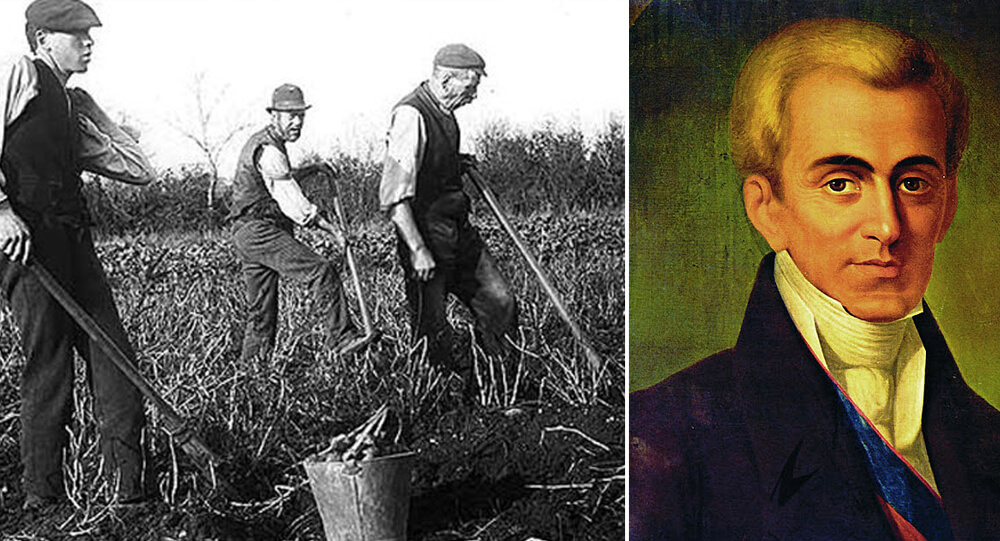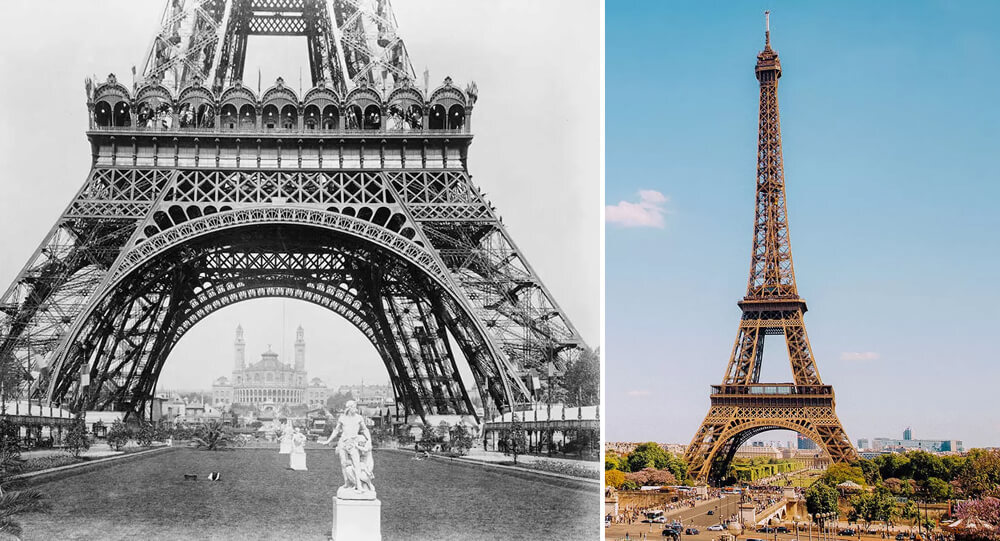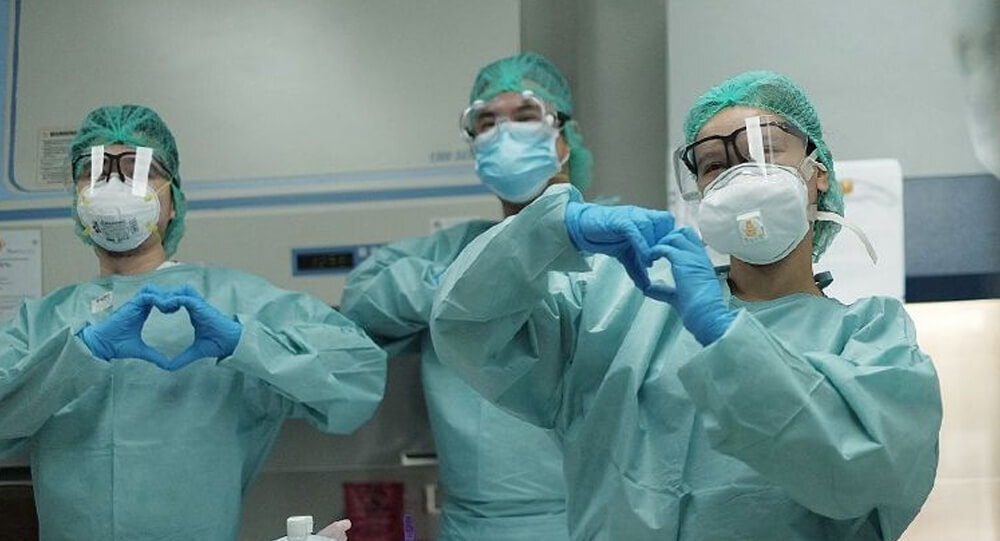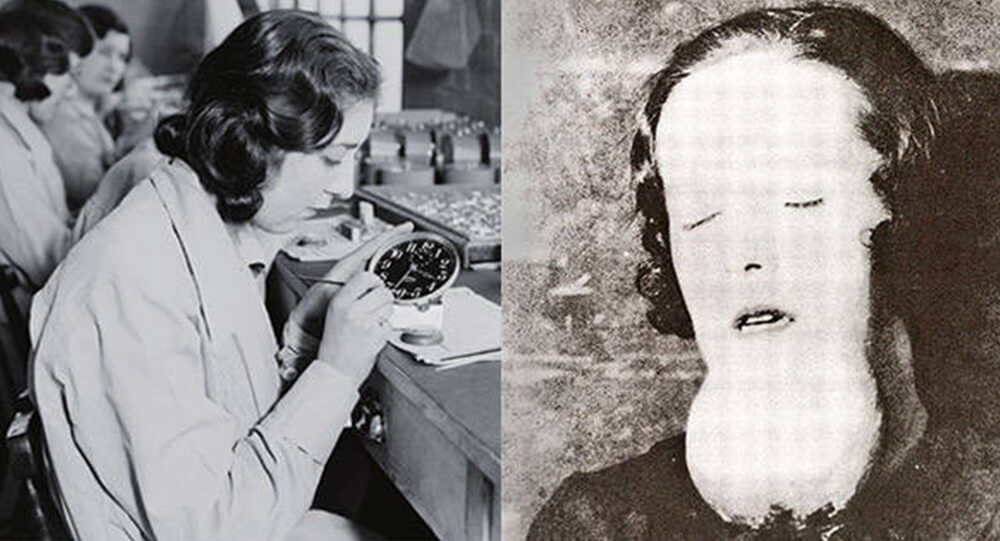
On April 10, 1917, an 18-year-old woman named Grace Fryer began working as a dial painter at the United States Radium Corporation (USRC) in Orange, New Jersey. With two soldier brothers, Grace wanted to do everything she could to support the war effort four days after the US entered World War I. She had no idea how drastically her new job would alter both her life and the rights of workers.
The Working Girls
Following the declaration of war, a large number of working-class women flocked to the studio where they were hired to paint watches and military dials with the novel element radium, which Marie Curie had discovered a little less than 20 years earlier. Dial painting was “the elite job for the poor working girls” because it paid more than three times as much as the typical factory job, and those who were fortunate enough to get a job were among the top 5% of female workers in the country. This gave women financial freedom at a time when female emancipation was gaining momentum. They spread the word about the appeal of their new job through their friend and family networks because many of them were teenagers with small hands that were ideal for artistic work. Frequently, entire sibling groups collaborated in the studio.
Because of the luminosity of radium, which was part of its allure, the dial painters quickly earned the nickname “ghost girls” because by the end of their shifts, they would glow themselves. They took full advantage of the benefit, dressing elegantly for work so that they would sparkle in the dance clubs at night, and even applying radium to their teeth for a smile that would kill their suitors.
Grace and her colleagues painstakingly painted the tiny dials, some of which were only 3.5 centimeters wide, using the method they had been taught. The girls were told to lip-point, or perform a “lip, dip, paint routine,” as playwright Melanie Marnich later put it, by slipping their paintbrushes between their lips to make a precise point. The girls would put their brushes to their mouths and slurp up some of the glowing green paint.
Truth and Lies
Mae Cubberley, who taught Grace the method, recalled, “The first thing we asked [was] ‘Does this stuff hurt you?'” Mr. Savoy [the manager] said that it wasn’t dangerous and that we didn’t need to be afraid. Naturally, you don’t want to put anything in your mouth that is going to hurt you.
That, however, was untrue. Since it was first discovered, the glowing element had been known to be dangerous; Marie Curie herself had been exposed to radiation burns while handling it. Before the first dial painter ever picked up her brush, people had already passed away from radium poisoning. In their laboratories, the men at the radium companies wore lead aprons and handled the radioactive material with tongs with an ivory tip for this reason. However, the dial painters were not given this protection or even informed that it might be required.
This was due to the fact that at the time, a small amount of radium, like what the girls were handling, was thought to be healthy: Radium water was consumed as a tonic, and toothpaste, butter, milk, and cosmetic products could all be purchased that contained the wonder substance. According to newspapers, using it would “add years to our lives!”
But that assumption was supported by research carried out by the same radium companies that had created a successful industry around it. When questioned, managers informed the girls that the substance would give them roses in their cheeks but they disregarded all warning signs.
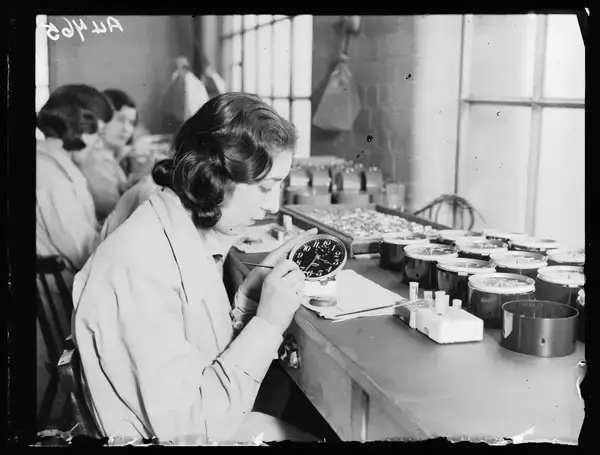
The First Death
Mollie Maggia, a coworker of Grace’s, was forced to leave the studio in 1922 due to illness. She was unable to identify her health issues. Her dentist pulled a tooth that was giving her pain, but the next tooth soon began to hurt and needed to be removed as well. Agonizing ulcers appeared as dark flowers where the teeth had once been, blooming red and yellow with blood and pus. They constantly seeped, giving her bad breath. She then experienced incredibly painful limb pains that eventually prevented her from being able to walk. The doctor sent her home with aspirin because he suspected rheumatism.
Mollie was in need by May 1922. Her lower jaw, the roof of her mouth, and even some of the bones in her ears were described as being “one large abscess” at that point. She had also lost the majority of her teeth, and the mysterious infection had spread. To his horror and shock, the jawbone in the patient’s mouth broke when the dentist gently prodded it there. Days later, her entire lower jaw was removed in the same manner, “not by an operation, but merely by putting his fingers in her mouth and lifting it out.”
Mollie was completely falling apart. She wasn’t the only one either; by this time, Grace Fryer and the other radium girls were also experiencing pain in their feet and problems with their jaws.
While they were alive, it was literally boring holes inside them.
The strange infection that had plagued Mollie Maggia for less than a year spread to her throat tissues on September 12, 1922. Her jugular vein was slowly eaten away by the illness. At 5 p.m. Her mouth was covered in blood that day because she was bleeding out so quickly that her nurse was unable to stop it. 24 was the age of her passing. Her death certificate falsely stated she had died of syphilis, which her former employer would later use against her. Her doctors were baffled as to the cause of death.
One by one, Mollie’s former coworkers soon followed her to the grave as if on cue.
The Cover-Up
For almost two years, the young women’s employer, USRC, denied any wrongdoing. After experiencing a decline in business as a result of what they perceived to be persistent “gossip,” they hired an expert to look into the alleged connection between the dial-painting industry and the women’s fatalities in 1924.
This study was independent, in contrast to the company’s own research into the benefits of radium, and when the expert confirmed a connection between radium and the women’s illnesses, the firm’s president was dismayed. He paid for new studies that came to the opposite conclusion instead of accepting the findings, and he lied to the Department of Labor about the findings of the initial report when it was conducting an investigation. He criticized the women in front of the public for attempting to “palm off” their illnesses on the company and condemned their attempts to obtain financial assistance for their mounting medical bills.
The Light That Does Not Lie
The women’s biggest challenge was establishing a connection between their mysterious illnesses and the radium they had been ingesting hundreds of times per day and keeping the report quiet. They were fighting against the widespread notion that radium was safe, despite discussing how their own work must be at fault. In actuality, it wasn’t until the death of the radium company’s first male employee that experts began to take up the cause. A brilliant medical professional by the name of Harrison Martland created tests in 1925 that established conclusively that the women had been poisoned by radium.
Martland also described what was going on internally. External use of radium had been known to cause severe harm to people as early as 1901; Pierre Curie once said he would not want to be in a room with a kilogram of pure radium because he thought it would burn all the skin off his body, ruin his eyesight, and “probably kill [him].” However, Martland found that when radium was used internally, even in minute amounts, the harm was thousands of times greater.
The women’s bodies were now emitting a continuous stream of destructive radiation that “honeycombed” their bones after the radium they had consumed settled in them. While they were still alive, it was actually boring holes inside of them. It attacked the women all over their bodies, shortening and spontaneously breaking the women’s legs. Grace Fryer’s spine was “crushed,” requiring her to wear a steel back brace. Another girl’s jaw was eaten away to “a mere stump.”
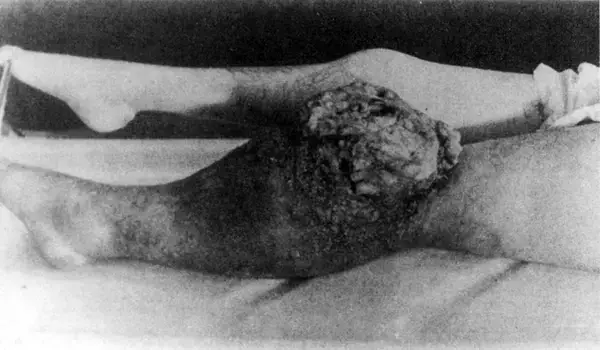
Uncomfortably, the radium that had been deeply infused into those broken bones started to glow as well—the light that does not lie. In some cases, a woman would discover she was poisoned with radium when she looked in a mirror in the middle of the night and saw a ghostly reflection of herself, shining with an unnatural luminosity that would determine her fate.
Martland had understood the poisoning was fatal, after all. There was no way to get the radium out of the girls’ damaged bones now that it was inside of them.
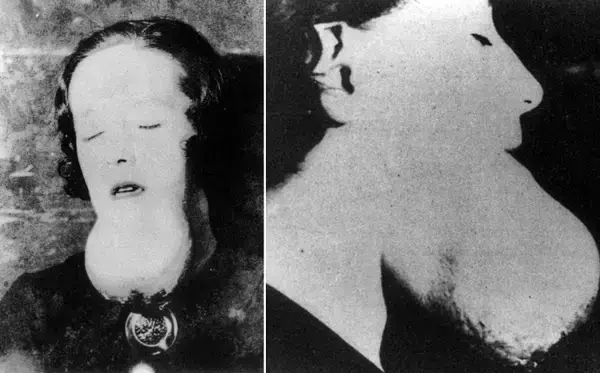
The Fight
Despite the radium industry’s efforts to cast doubt on Martland’s groundbreaking work, it had not anticipated the bravery and tenacity of the radium girls. To combat the injustice, they formed a group and began working together. Additionally, their conflict had a charitable motivation because dial painters were still in demand across the country. Grace Fryer remarked, “I don’t care for myself. “I am more concerned about the many girls to whom this may serve as an example,” she said.
The women’s fight was led by Grace, who persisted in looking for legal representation despite being rejected by numerous lawyers who either did not believe the women’s claims, fled from the powerful radium corporations, or were ill-equipped to take on a legal battle that demanded the overturning of existing laws. The women were hindered by the statute of limitations, which mandated that victims of occupational poisoning bring their legal cases within two years, as well as the fact that radium poisoning was not yet recognized as a compensable disease when the girls fell ill. Most girls did not become ill from radium poisoning until at least five years after they began working; they were caught in a vicious legal circle that seemed impossible to break. Grace, however, who was the daughter of a union delegate, was determined to hold a patently negligent company accountable.
After a capable young attorney named Raymond Berry eventually took their case in 1927, Grace (along with four other coworkers) found herself at the center of a famous courtroom drama. However, the women had only been given four months to live at this point, and the company appeared determined to drag out the legal proceedings. Grace and her friends were consequently forced to reach a settlement outside of court, but they had increased public awareness of radium poisoning precisely as Grace had intended.
The New Jersey radium girls’ case made the front page of the newspaper and shocked the nation. A dial painter by the name of Catherine Wolfe in Ottawa, Illinois, read the coverage horrified. She recalled that there were meetings at our plant that nearly descended into riots. We found it difficult to work due to the chill of fear.
However, taking a page from USRC, the Illinois company Radium Dial disclaimed responsibility. The company lied about the results despite the fact that the Illinois women’s medical tests showed they were manifesting the telltale signs of radium poisoning. It went so far as to interfere in the girls’ autopsies when the Illinois workers began to die: Company officials actually stole their radium-riddled bones in their callous cover-up, putting a full-page ad in the local paper that read, “If we at any time had reason to believe that any conditions of the work endangered the health of our employees, we would at once have suspended operations.”

Inside The Mysterious Death Of The Famed Gothic Writer Edgar Allan Poe
Hours before his death Edgar Allen Poe was found on the streets of Baltimore. He was incoherent, wearing another man’s clothes, and unable to explain how he got there. The cause of his death is an unsolved mystery.

Reason Behind The Suicide Of Christine Chubbuck Live On Air
Actor Rebecca Hall had serious reservations about tackling the macabre story around why Chubbuck killed herself in 1974. So what changed her mind?

Why This Belgian Bar Makes You Trade Your Shoe for a Beer
To prevent tourists from stealing their beer glasses, some bars in Belgium require people to hand over one of their shoes as a deposit which is then put in a basket and hung from the ceiling. These shoe baskets have also become an attraction.

How Dmitri Mendeleev Developed the periodic table of the elements
1850 Dmitri Mendeleev walked almost a thousand miles to Moscow so he could apply for the University of Moscow. Although he was not accepted, he walked to St. Petersburg where he was accepted, And with that education, he developed the the periodic table of the elements

The Littlest Skyscraper: How J.D. McMahon’s 480-Inch Con Fooled Investors in 1919
In 1919, J.D. McMahon convinced investors to fund a 480-foot skyscraper, but he labeled the plans as 480 inches, building a 40-foot structure instead. After taking $200,000, he won in court since the plans matched what he built.

The Arabia Steamboat: Unearthing a 19th Century Time Capsule from the Missouri River
The Arabia was a steamboat that sank in the Missouri River in 1856. Over time, the river shifted 800 meters to the east, eventually turning the site of the sinking into a field. The steamboat remained under 45 feet of slit and topsoil until 1988, when it was excavated. The mud, as it turned out, was such a great preserver that most of the artifacts on board were found to be intact. They even found jars of preserved apples that were still edible!

Jack the Baboon operated a railroad, earned a living, and never made a mistake
A baboon worked as a signalman for the railroad in the late 1800s. He never made a mistake and worked for the railroad until the day he died.

Susanna Salter: The Trailblazing Story of America’s First Female Mayor
In 1887, Susanna Salter became the first female mayor in the United States, elected in Argonia, Kansas. Her nomination was initially a prank by men opposing women in politics. However, she won by a landslide and served effectively, inspiring the women’s suffrage movement and breaking barriers for women in leadership.

Henry Ford, The man popularizing the concept of the weekend off
Henry Ford was the first Industrial Giant to give his employees both Saturday and Sunday off in the hope of encouraging more leisurely use of automobiles and thus popularizing the concept of the "weekend."

The story of a man who spent 72 hours with 72 venomous snakes to prove they only bite when provoked
In the 1980s, an Indian man spent 72 hours in a glass cabin with 72 snakes, some of which were extremely venomous. His aim was to prove that snakes only attack when provoked. Remarkably, he was not bitten once in those 72 hours and even set a Guinness World Record in the process.

The Day an Israeli F-15 Landed with One Wing: Zivi Nedivi’s Unbelievable Mid-Air Survival
Discover the astonishing true story of Israeli pilot Zivi Nedivi, who safely landed an F-15 after a mid-air collision tore off its entire right wing. Learn how skill, quick thinking, and the F-15’s unique design turned a disaster into a legendary feat in aviation history

Atomic Tourism: In the 1950s, nuclear tests in Las Vegas served as a draw for tourists
Between 1950 and 1960, Las Vegas offered “Atomic Tourism” in which guests could watch atomic bombs being tested in the desert as a form of entertainment.

Underground Railroad to Mexico freed thousands of slaves in 1829
Slavery was abolished in Mexico in 1829. Slaves were escaping to Mexico, and slaveholders in the US were aware of this. The US attempted to get Mexico to sign a fugitive slave treaty, which would have required Mexico to send back escaped slaves to the US. But, Mexico refused, arguing that slaves were free as soon as they set foot on Mexican soil.

Nearest Green, America's first known Black master distiller
Nathan "Nearest" Green was an African-American head stiller who is now more frequently referred to as a master distiller. He was renowned for imparting his distilling knowledge to Jack Daniel, the creator of Jack Daniel's Tennessee whiskey distiller, after Jack Daniel was freed from slavery following the American Civil War.

Knockers-up: waking up the Industrial Britain's Workers in 1900-1941
Before alarm clocks were invented, there was a profession called a knocker-up, which involved going from client to client and tapping on their windows (or banging on their doors) with long sticks until they were awake. It lasted into the 1920s.

Mario Segale, Developer Who Inspired Nintendo to Name Super Mario
Super Mario is named after real-life businessman Mario Segale, who was renting out a warehouse to Nintendo. After Nintendo fell far behind on rent, Segale did not evict them but gave them a second chance to come up with the money. Nintendo succeeded and named their main character after him.

Before Radar: How Giant Acoustic Mirrors Detected Enemy Aircraft in WWI and WWII
Long before radar revolutionized air defense, enormous acoustic mirrors and specialized sound locators stood as the first line of defense against enemy aircraft. Designed as giant “ears,” these structures amplified distant engine noises, allowing operators to detect incoming planes by sound alone. Dive into the intriguing world of these pioneering listening devices, their operation, limitations, and enduring legacy in military history.

Terry Fox, a 21-year-old one-legged cancer patient who ran 143 days before dying
Terry Fox was a 21-year-old one-legged cancer patient who ran 3,339 miles across Canada in 143 days before dying.

8 Interesting Facts About The Unsinkable Ship, TITANIC
If you ask your friends what's the most famous ship in history the answer in most cases will be the same, of course the legendary Titanic. Its history is full of mysteries, at first it was a source of hope and national pride as well as proof of the triumphs of mankind but it soon became a source of nostalgia and pain, the extent of which cannot be described in words.

How Greek prime minister in 1830’s tried to spread the potato in Greece
A Greek prime minister in 1830’s tried to spread the potato in Greece but people weren’t interested so he put armed guards in front of shipments of potatoes so people would think they were important. People later started stealing these potatoes a lot which spread the crop to all of Greece.

Did Gil Pérez Really Teleport from Manila to Mexico Overnight? The 1593 Mystery
On October 24, 1593, while performing his guard duties at Manila's Governor's Palace in the Philippines, Gil Perez stopped to lean against a wall and sleep for a while. He opened his eyes to find himself in an unusual environment. Gil was in the Plaza Mayor in Mexico City. They imprisoned Perez, but the authorities in Mexico City decided to release him and return him home.

Max Headroom Incident: America’s Creepiest TV Hack
In 1987 a man hijacked a television station during an episode of Dr. Who and wore a Max Headroom mask and uttered nonsense, and he still hasn’t been caught

Why was the Eiffel Tower almost demolished
The Eiffel Tower was intended to be a temporary structure for the World's Fair in 1889, but it was nearly dismantled and sold for scrap metal. It was saved because of its potential use as a radio antenna, and it now serves as a tourist attraction as well as a working broadcast tower.

Philippines, the largest supplier of Nurses in the World
Philippines is the world’s largest supplier of nurses, supplying roughly 25% of all overseas nurses worldwide.

A Brief History of the PlayStation Gaming Console
Sony's PlayStation was never meant to be an actual product. Instead, it was intended to be a CD-ROM console that would support Nintendo games. However, when Nintendo backed out of the deal at the last minute, Sony went ahead and launched what soon became one of the most successful gaming consoles of all time.
